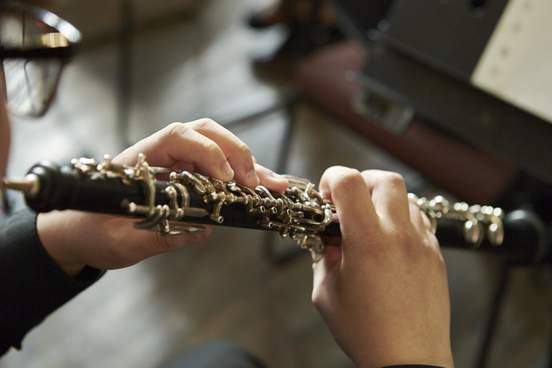
Hautbois
Definition: a double-reed woodwind instrument having a conical tube, a brilliant penetrating tone, and a usual range from B flat below middle C upward for over 2¹/₂ octaves : an oboe
The English word oboe is, by orders of magnitude, more common than hautbois, which is used for the same instrument. Hautbois has about 200 more recorded years of usage than oboe, however. Oboe entered English in the 1700s from the Italian oboe, which in turn came from the French word… hautbois. Hautbois can also be spelled hautboy, and has two plural forms as well, hautbois and hautboys.
At Mid-Lent annually they attended with their court at the Quinze-Vingts, in Paris, in order to see blindfold persons, armed from head to foot, fighting with a lance or stick. This amusement was quite sufficient to attract all Paris. In 1425, on the last day of August, the inhabitants of the capital crowded their windows to witness the procession of four blind men, clothed in full armour, like knights going to a tournament, and preceded by two men, one playing the hautbois and the other bearing a banner on which a pig was painted.
— P. L. Jacob, Manners, Customs, and Dress During the Middle Ages and During the Renaissance Period, 1874
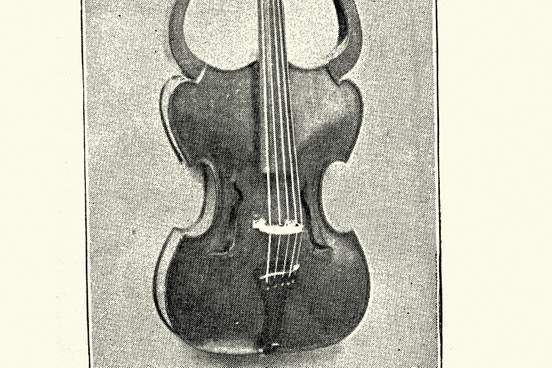
Crwth
Definition: an ancient Celtic stringed instrument that is plucked or bowed
Crwth, which comes to English from Welsh and is an excellent Scrabble word if you’ve got no vowels, is the name for an ancient Celtic instrument that is similar to a violin. In Middle English, the instrument’s name was spelled crouth before metamorphosing to crowd, a word still used in some dialects of England to refer to a violin.
A crwth (pronounced, “crooth”) is an ancient Welsh instrument with a violin fingerboard, flat square sound box and short gamba-style bow, plus four violin strings and two off-the-fingerboard strings that are tuned in octaves and fifths. Thanks to a flat bridge, the bowed strings sound all together, a little like a Norwegian hardanger fiddle, with a curiously metallic, pre-medieval sound.
— Rosemary Ponnekanti, The News Tribune (Tacoma, Washington), 15 Dec. 2016
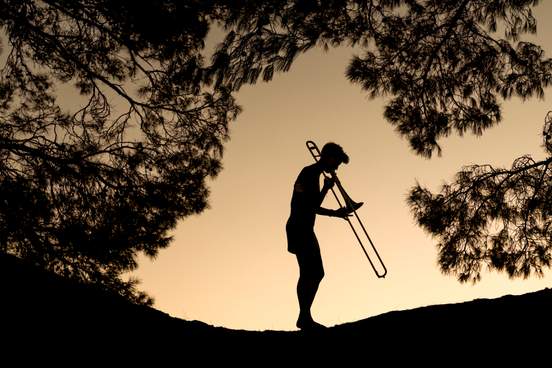
Sackbut
Definition: the medieval and Renaissance trombone
You might think that, given its name, the sackbut—like a set of bagpipes—features some kind of sack, but such is not the case. Sackbut, which comes from a Middle French word that in turn is a combination of the verbs saquer (“to pull”) and boter (“to push”), refers to an early form of trombone. It has thicker walls than the modern trombone, imparting a softer tone, and its bell is narrower. When the sackbut debuted in the 15th century, it answered the need for a lower-pitched trumpet that composers of the time sought. Its telescoping slide mechanism is retained in the modern trombone.
Cue the valveless trumpets, natural horns, and sackbuts: The Boston Early Music Festival is back.
— Jeremy Eichler, The Boston Globe, 19 May 2023
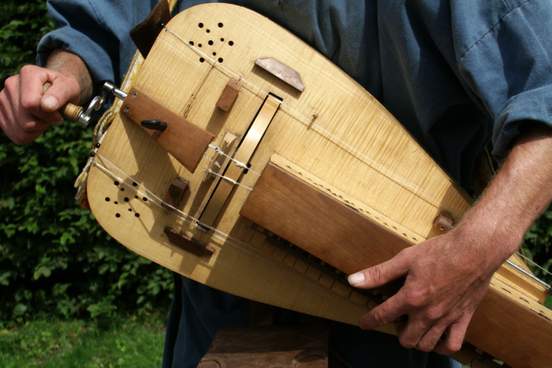
Hurdy-gurdy
Definition: a stringed instrument in which sound is produced by the friction of a rosined wheel turned by a crank against the strings and the pitches are varied by keys
Hurdy-gurdy cranked its way into the English lexicon in the mid-1700s, and is thought to have arisen in imitation of the sound produced by the instrument. That instrument, however, originated much, much earlier. An older, larger form of the hurdy-gurdy played by two people, the organistrum, was first mentioned in the 10th century. A one-person form called a symphonia appeared in the 13th century. It was fashionable during the reign of Louis XIV as the vielle à roue (“wheel fiddle”) and was played into the 20th century by folk and street musicians, notably in France and eastern Europe. The Swedish nyckelharpa is a similar fiddle with keys, but it is played with a bow.
Hurdy gurdy, hurdy gurdy, hurdy gurdy gurdy.
— Donovan, “Hurdy Gurdy Man,” 1968
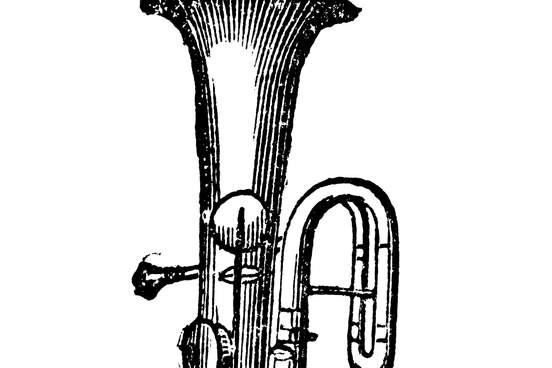
Ophicleide
Definition: a deep-toned brass wind musical instrument of the key bugle class, consisting of a large tapering tube bent double and provided with finger keys
Nothing is surer to spice up your next campfire jam sesh than to showing up toting an ophicleide. After all, its sound is “rough and somewhat raucous” compared to the “smooth fat tone” of the tuba, according to Norman Del Mar in his book quoted below. The ophicleide was invented in 1817 by the Parisian Jean Asté, and was extensively used in French and British bands and orchestras until replaced by the tuba near the end of the 19th century. Ophicleide comes from the French word ophicléide, itself a combination of ophi-, meaning “serpent,” and kleid-, kleis, meaning “key,” both from Greek.
Mention has already been made briefly … of Mendelssohn’s use of the bass ophicleide in his overture to A Midsummer Night’s Dream. Whilst only one of numerous instances of the ophicleide in orchestral scores, it is unusual in that the tuba is not automatically substituted in modern prints of the score as it is in other relevant works. For the two instruments are not at all similar in character, even though Berlioz, an ardent writer for the ophicleide, can already be found anticipating the usurping power of the tuba, then a newcomer, by giving it as an alternative in his Symphonie Fantastique.
— Norman Del Mar, Anatomy of the Orchestra, 1983
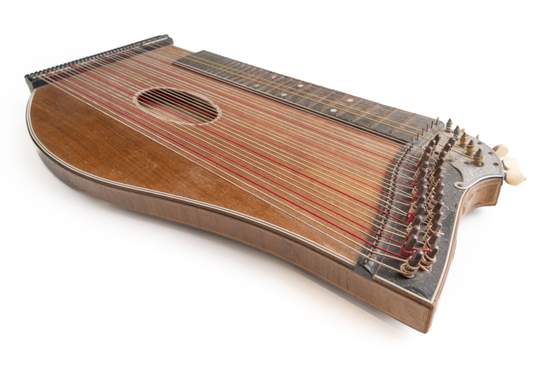
Zither
Definition: a stringed instrument having usually 30 to 40 strings over a shallow horizontal soundboard and played with pick and fingers
Okay, so the zither may not be as unfamiliar as some of the other instruments in this article, but its mention, if not glossed in the text in which it appears, still has the power to raise an eyebrow or two. And whither will questions about zither lead if not hither? So let’s not dither—zither is used in English not only for a specific instrument, but as a generic term for stringed instruments whose strings are fastened across a frame that lacks any projecting neck or arms. The Japanese koto, for example, is often referred to as a type of zither, as is the Indonesian celempung. Zither comes ultimately from the Latin word cithara, meaning, a word that is still used in English for an ancient Greek stringed instrument that is similar to but larger than the lyre and has a box-shaped resonator.
Already, Wang Jue’s erratic score, which has its generic passages but is mostly an eccentric, atonal pleasure, is establishing a feeling of unease, with vaguely menacing drones brewing behind twanging strings that sound like Ennio Morricone got his hands on a zither while in a bad mood.
— Jessica Kiang, Variety, 9 Nov. 2021
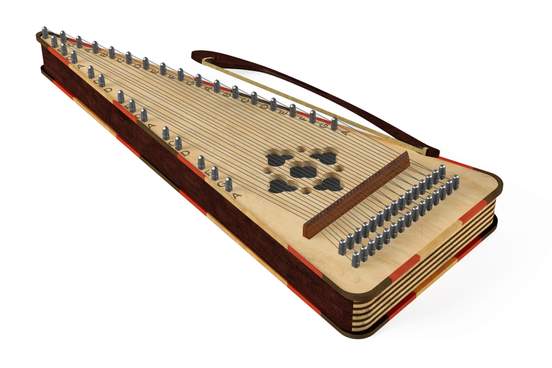
Psaltery
Definition: an ancient musical instrument resembling the zither
The psaltery is a member of the zither family, and consists of strings stretched across a flat soundboard that is often trapezoidal but can also be rectangular, triangular, or wing-shaped. Originating probably in the Middle East, the psaltery was popular in Europe until about the 15th century, but even after its decline it continued to be played on occasion in fashionable society. It also gave rise to the harpsichord, which is a large psaltery with a keyboard mechanism for plucking the strings. Psaltery, sometimes spelled psaltry, comes ultimately from the Greek verb psallein, meaning “to play on a stringed instrument.”
On a chilling, wintry night, hundreds of music lovers filled the pews of the nave and transepts, which meet at the crossing in front of the choir. They listened to players of the recorder, the lute, the psaltery and other medieval instruments, along with a quartet of singers, perform religious music of the 12th and 13th centuries in a celebration of the “splendor of the Gothic cathedral.”
— Stanley Meisler, Smithsonian, June 1990
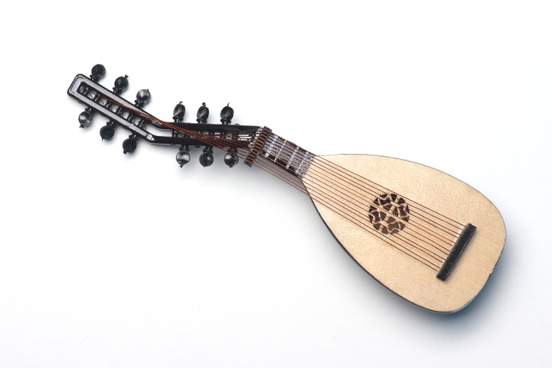
Theorbo
Definition: a stringed instrument of the 17th century resembling a large lute but having an extra set of long bass strings
Theorbo refers to a large stringed instrument used from the 16th to the 18th century for song accompaniments and for basso continuo parts. It had six to eight single strings running along the fingerboard and, alongside them, eight off-the-fingerboard bass strings. Both sets of strings had separate pegboxes connected by an S curve in the instrument’s neck. On 18th-century theorbos all but the two top courses of strings were double. The word theorbo is a modification of the Italian word for the instrument, tiorba or teorba.
Over that electric polyphony, accompanists on period instruments, including the theorbo (a long-necked lute), improvised sometimes plangent, sometimes dissonant improvisations.
— Jason Farago, The New York Times, 21 Mar. 2023





